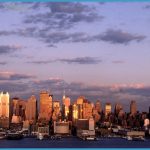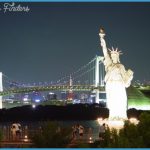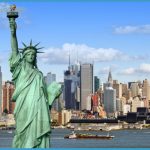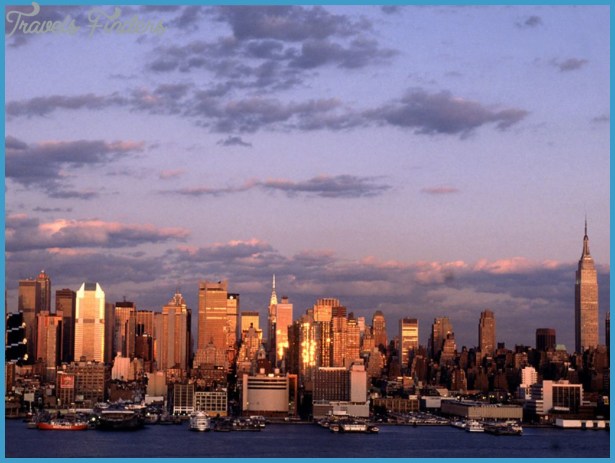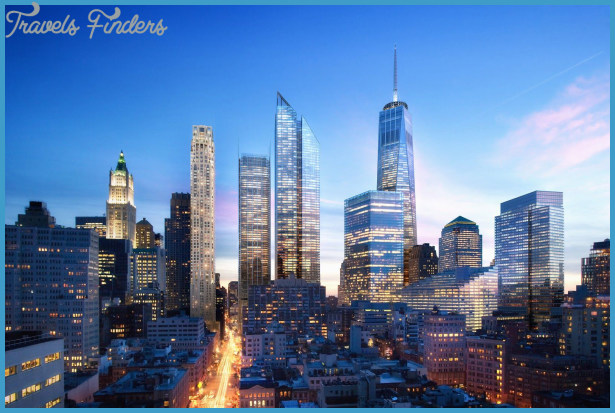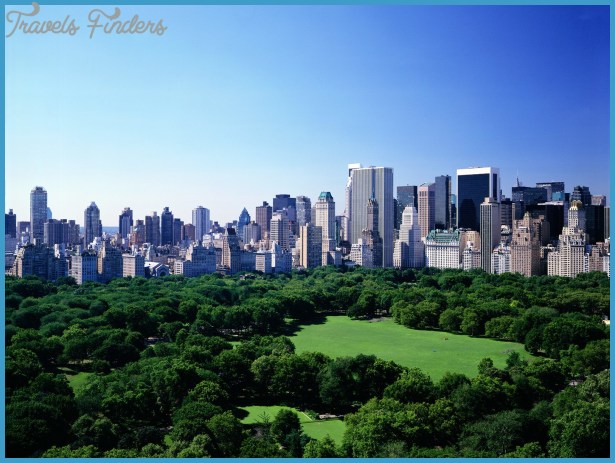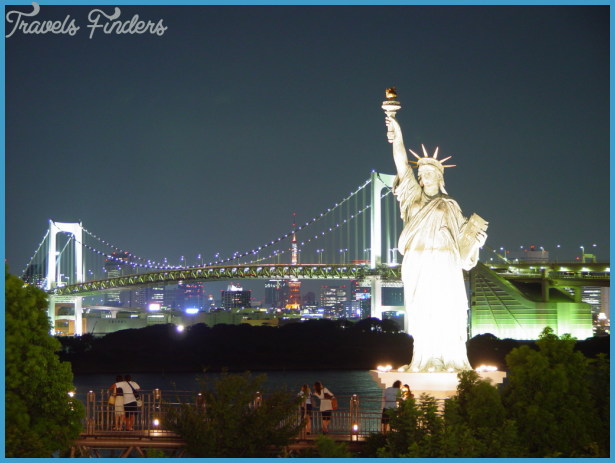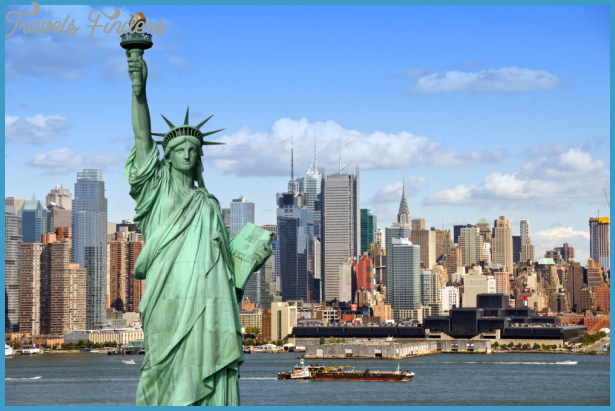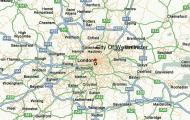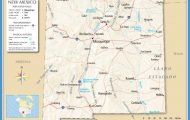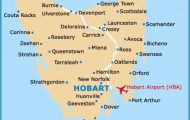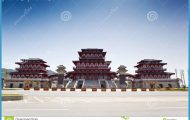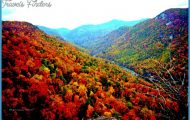New York CHRONOLOGY
1823 Cuban Father Felix Varela y Morales arrives in New York City as an exile. During the next 30 years he would work on behalf of the poor, the sick, orphans, and migrants.
1824 El Habanero is published to appeal for Cuban independence. It is probably the first Spanish-language newspaper in the United States.
1830 Cuban and Puerto Rican merchants establish the first Sociedad Benefica Cubana y Puertorriquena, or Spanish Benevolent Society.
1849 The writer Cirilo Villaverde escapes from Cuba to New York City and joins the campaign to end Spain’s control of the island. He had published Cecilia Valdes, the most famous Cuban novel, in 1839.
1868 Thousands of Cubans fled their island at the outset of the war of independence from Spain and settled in Tampa, Florida, and New York City. At the end of the war in 1878, many of them left New York and returned to their country on ships sent by the Spanish government.
1869 Educator Eugenio M. de Hostos, one of Latin America’s first sociologists and a fighter for Puerto Rican independence, arrives in New York City. He took residence in the city on three other occasions between 1874 and 1898.
1880 Cuban patriot Jose Marti arrives in New York City. Known simply as the Apostle, during the next 14 years Marti would work tirelessly for the liberation of Cuba.
1898 Cuban singer Rosalia Chalia Herrera is the first Latino artist to record in New York City. She recorded 40 songs for the Bettini label between 1898 and 1900. Cuban American New Yorker educator Tomas Estrada Palma, former president of the Cuban Government in Exile, is nominated presidential candidate by unanimity; he is thus elected first president of Cuba. El Diario, New York City’s premier Spanish-language newspaper, is founded. Congress approves the Jones Act, granting U.S. citizenship to Puerto Ricans. That year saw the first migration spike, with approximately 11 thousand Puerto Ricans migrating to New York City.
Oscar Garcia Rivera is the first Puerto Rican elected to the New York State Assembly.
Francis Cardinal Spellman creates the Office of Spanish Catholic Action, which in that same year established the Fiesta of St. John the Baptist, patron saint of Puerto Rico.
Jesus De Galindez Basque Republican representative, Columbia University professor, community leader, and anti-Trujillo activist is kidnapped in New York and killed in the Dominican Republic.
The Puerto Rican Day Parade tradition begins, becoming the most important annual celebration of Puerto Rican culture along Manhattan’s Fifth Avenue.
Irma Vidal Santaella becomes the first Puerto Rican woman to be admitted to the New York State Bar. Later, in 1983 she will be the first Puerto Rican woman elected to the State Supreme Court.
WADO 1280 AM, the dominant Latino radio station in New York City, starts broadcasting in Spanish.
Herman Badillo becomes the first Puerto Rican to be elected borough president in New York City.
Miriam Colon Valle founds the Puerto Rican Traveling Theater, an institution with year-round Spanish- and English-language plays that has inspired similar initiatives throughout the nation.
El Museo del Barrio a leading cultural institution representing Latino culture through exhibits, festivals, and programs in public schools is founded.
Black and Latino Students at the City College take over the South Campus. They demand from the City University of New York open admissions, no tuition, a Black and Puerto Rican Studies program, and the hiring of minority teachers. All demands are accepted and implemented, but tuition is gradually reinstated after 1975.
Herman Badillo is the first Puerto Rican in U.S. history elected to serve in the House of Representatives.
The Center for Puerto Rican Studies (El Centro) is formed at Hunter College as a university research unit to help establish the legitimacy of Puerto Rican studies as an academic field.
The Nuyorican Poets Cafe in the Lower East Side is established by poets Miguel Algann, Miguel Pinero, and Pedro Pietri. The cafe is a New York landmark, and it has been located on 236 East Third Street since 1980.
Pura Belpre, the first Puerto Rican librarian in New York, dies. An accomplished writer, she published her first book, Perez and Martina: A Portorican Folk Tale, in 1932.
Guillermo Linares is the first Dominican elected to the New York City Council.
Nydia Velazquez is elected to Congress, the first Puerto Rican woman ever to do so.
The Dominican Studies Institute at the City College is established. An initiative of the Council of Dominican Educators, it is the only university-based research institution in the United States dedicated to the study of the Dominican experience.
Adriano Espaillat becomes the first Dominican elected to the New York State Assembly, representing the 72nd District, which includes Washington Heights and Inwood.
Antonia Novello is appointed commissioner of health for the state of New York. She is the first Puerto Rican woman to do so.
Ernesto Antonio Puente Sr. better known as Tito Puente, dies. Called Rey del Timbal, Tito Puente’s career in Mambo and Latin jazz spanned 50 years, during which he won five Grammy Awards.
Diana Reyna is elected to the New York City Council, representing Bushwick, Ridgewood, and Williamsburg (Brooklyn). She is the first Dominican American woman elected to the New York City Council.
2002 Dora Irizarry becomes the first Latina to run for attorney general. Judge
Irizarry later gets a lifetime appointment to the federal bench (U.S. District Court).
Hiram Monserrate becomes the first Latino to be elected to public office in Queens, New York City Council District 21.
2004 Jose R. Peralta becomes the first Latino to be elected to the New York State Assembly for Queens District 39.
The Dominican Omar Minaya is named the first Latino general manager for the New York Mets. In his short run he has taken the club to a prominent position.
2005 Fernando Ferrer unsuccessfully runs for mayor of New York for a third time. In 1997 he withdrew to back Ruth Messinger, and in 2001 he lost in the primary to Mark Green, who went on to lose to Michael Bloomberg.
2006 Marching in human chains from Union Square throughout Manhattan on May 1st, thousands of migrants make history while calling for a just migration reform and protesting against the proposed laws that treat them as terrorists.
2007 Latino home ownership reaches an all-time high: 16 percent compared with 12 percent in 1990. Latinos trail all other New Yorkers, including black householders, who own their homes at a rate of 28 percent.

